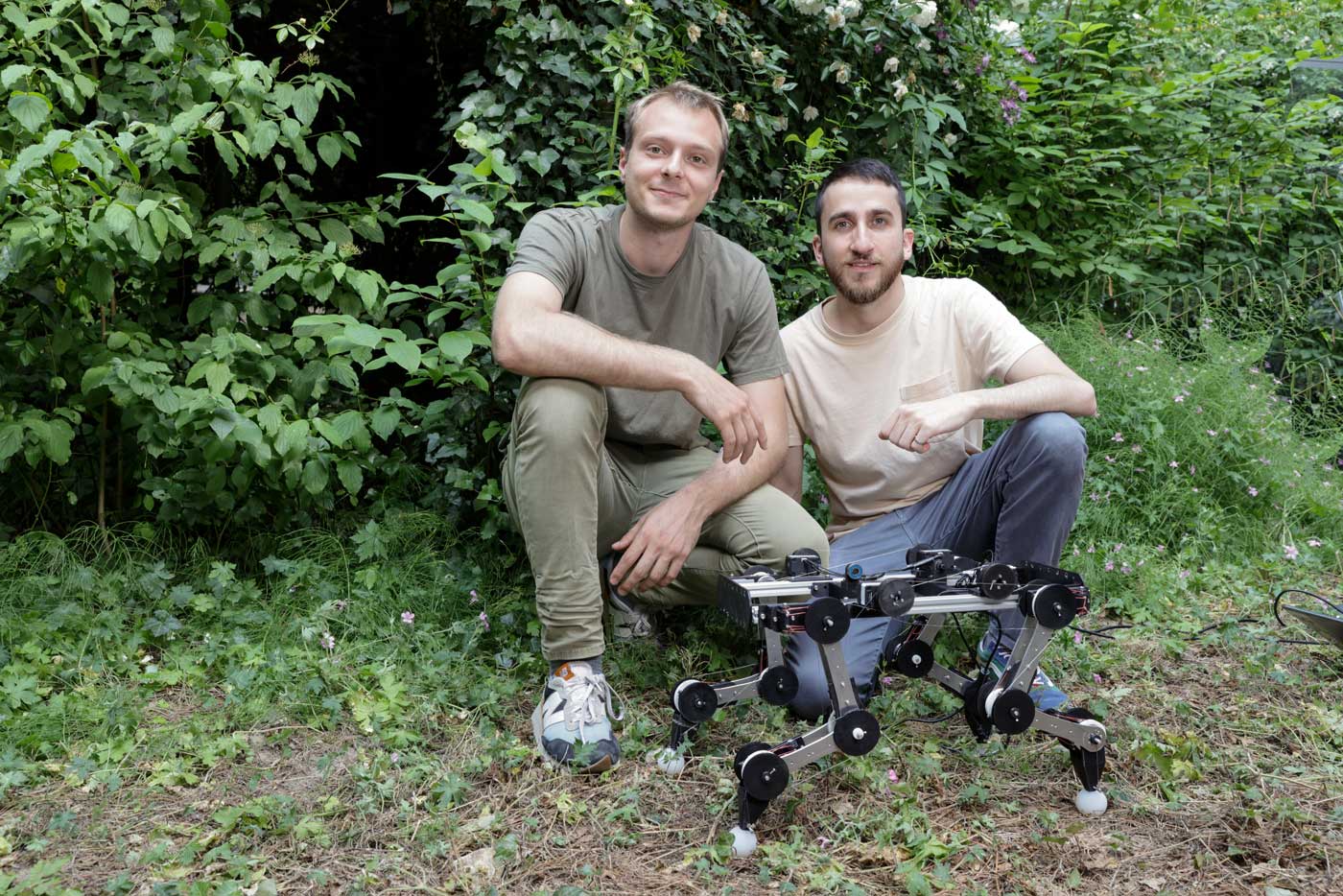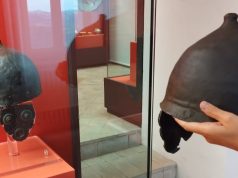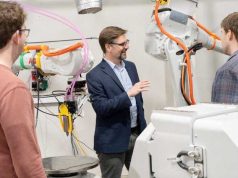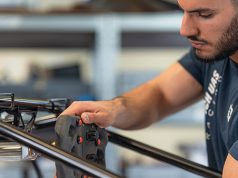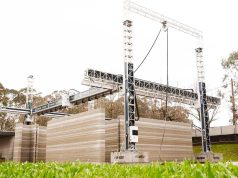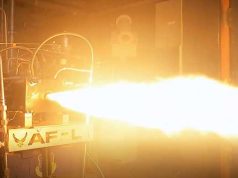Researchers at EPFL in Lausanne have developed a robotic dog that can walk almost autonomously by mimicking the movements of real dogs. The robot was designed by master’s student Mickaël Achkar. He analyzed the biomechanical principles of dogs and transferred them to his robot.
“I wanted to engineer a robot with animal characteristics, bearing in mind that animals – like humans – move in a huge variety of ways,” says Achkar. “But most of these movements are executed by just a few joints.”
To add a biological flavor to the robotics design, he used an open dataset on dogs. By applying principal component analysis, he was able to extract the main axes of motion of dogs and use them for robot design.
“We found a vast dataset on the motion of dogs, and it was even available in open source!” he says.
The prototype of this robotic dog consists of metal rods as bones, 3D-printed pulleys as joints, thin cables as tendons and some screws. Interestingly, once set in motion, the robotic dog could run autonomously without activating its control motors.
“At first we thought it might’ve been a fluke,” says Achkar. “So we changed the design slightly and tested the robot again – and it couldn’t run anymore. The counterweight uses resonance to inject energy.”
An additional counterweight, similar to a pendulum, was added to maintain and stabilize the motion.
Francesco Stella, a PhD student at CREATE and the project supervisor, adds: “We designed the robot’s body to be able to respond automatically, much like a trout starts swimming automatically when placed in water.”
Even though the robot is capable of reaching speeds of 6 mph, Achkar stresses that the goal is not to compete with high-tech robotic dogs:
“Our goal isn’t to compete with ultra-high-tech robotic dogs, but rather to explore bio-inspired robot designs,” says Achkar. “This entails honing a robot’s fundamental design and modifying its passive proprieties so that only simple control systems are needed – all while maximizing the robot’s capabilities. What we’ve done here – engineering the joints to work in synergy – has already proven useful for creating robotic hands and other body parts.”
Achkar, who has completed his master’s thesis in robotics, plans to publish his research in the coming months and then return to Montreal.
Subscribe to our Newsletter
3DPresso is a weekly newsletter that links to the most exciting global stories from the 3D printing and additive manufacturing industry.



